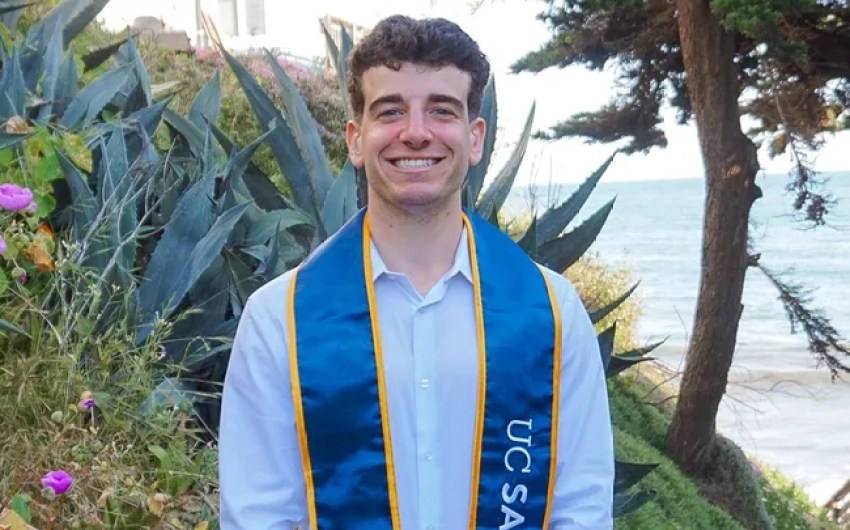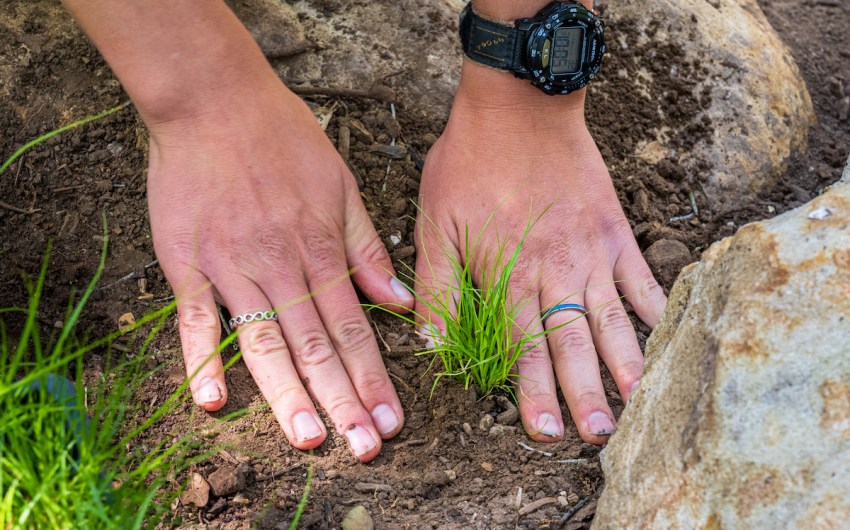Reversing Biodiversity Loss
Reversing Biodiversity Loss Santa Barbara Independent


Addressing Climate Change and Protecting Biodiversity: Two Sides of the Same Coin
In international conferences, addressing climate change and protecting biodiversity are increasingly being treated as two sides of the same coin. Climate change negatively impacts biodiversity, while biodiversity and healthy ecosystems draw down carbon emissions and lessen the impact of climate extremes.
The Goal: Protecting Critical Lands and Waters
A little more than a year ago, delegates representing 185 countries reached a historic agreement to protect 30 percent of terrestrial lands and 30 percent of marine areas, the ones most critical to biodiversity. After decades of ecosystem destruction and plummeting biodiversity, the goal of the agreement is to reverse biodiversity loss by the year 2030 and set nature on a path to recovery by 2050. Currently, only 17 percent of critical lands and 10 percent of such waters are protected. The framework commits to raising $200 billion for restorative initiatives, which could increase to $700 billion as extractive subsidies are phased out. By 2025, $20 billion will be dedicated annually to indigenous communities for biodiversity conservation, acknowledging their historic role as land guardians. By 2030, this figure would increase to $30 billion per year.
Innovative Projects for Biodiversity Conservation
Innovative projects across the planet are taking steps to halt and reverse deforestation, big ag monoculture practices, and the widespread use of toxic chemicals. In many Indian cities, dense afforestation projects using native species are creating mini, self-sustaining forest ecosystems. Most are on less than half an acre of urban land, demonstrate vibrant biodiversity, and counter the heat island effect by lowering temperatures 9-14 degrees Fahrenheit.
Air-conditioning condensate water is usually sent down the drain or just dumped outside. In arid or semi-arid regions where water is scarce, it is starting to be used for irrigating trees and gardens. The amount of condensate water is great enough that Phoenix, Arizona, is starting to use it for watering city parks and other green spaces.
The Land Institute is successfully growing a perennial grain (native to Europe) in Canada and many American states, called Kernza. It requires less tillage, fewer pesticides, and less irrigation while reducing soil erosion and carbon emissions. It provides habitat for pollinators and other wildlife, which helps support biodiversity. Its deep roots sequester carbon. Because of its decreased inputs and costs, it increases farm income. Kernza is relatively new in North America, so its reception as a food crop is still being evaluated. It is being used in bread and beer and as a cereal.
Local Initiatives for Biodiversity Conservation
Bringing these ideas closer to home, the reenvisioning process for our downtown core is exploring adding more trees and native vegetation, maybe as small, dense, diverse mini-forests to clean and cool our air. Collecting AC condensate water from many downtown buildings to irrigate this added nature is also being considered. Using any resource multiple times is quintessential sustainability.
Related Posts
SDGs, Targets, and Indicators
-
SDG 13: Climate Action
- Target 13.2: Integrate climate change measures into national policies, strategies, and planning
- Indicator: The article discusses the negative impact of climate change on biodiversity and the need to draw down carbon emissions.
-
SDG 14: Life Below Water
- Target 14.5: By 2020, conserve at least 10 percent of coastal and marine areas
- Indicator: The article mentions the goal to protect 30 percent of marine areas critical to biodiversity.
-
SDG 15: Life on Land
- Target 15.1: By 2020, ensure the conservation, restoration, and sustainable use of terrestrial and inland freshwater ecosystems and their services
- Indicator: The article highlights the goal to protect 30 percent of terrestrial lands critical to biodiversity.
-
SDG 15: Life on Land
- Target 15.5: Take urgent and significant action to reduce degradation of natural habitats
- Indicator: The article discusses innovative projects that aim to halt and reverse deforestation and monoculture practices.
-
SDG 15: Life on Land
- Target 15.9: By 2020, integrate ecosystem and biodiversity values into national and local planning, development processes, poverty reduction strategies, and accounts
- Indicator: The article mentions the commitment to raise funds for restorative initiatives and dedicate resources to indigenous communities for biodiversity conservation.
SDGs, Targets, and Indicators
| SDGs | Targets | Indicators |
|---|---|---|
| SDG 13: Climate Action | Target 13.2: Integrate climate change measures into national policies, strategies, and planning | The article discusses the negative impact of climate change on biodiversity and the need to draw down carbon emissions. |
| SDG 14: Life Below Water | Target 14.5: By 2020, conserve at least 10 percent of coastal and marine areas | The article mentions the goal to protect 30 percent of marine areas critical to biodiversity. |
| SDG 15: Life on Land | Target 15.1: By 2020, ensure the conservation, restoration, and sustainable use of terrestrial and inland freshwater ecosystems and their services | The article highlights the goal to protect 30 percent of terrestrial lands critical to biodiversity. |
| SDG 15: Life on Land | Target 15.5: Take urgent and significant action to reduce degradation of natural habitats | The article discusses innovative projects that aim to halt and reverse deforestation and monoculture practices. |
| SDG 15: Life on Land | Target 15.9: By 2020, integrate ecosystem and biodiversity values into national and local planning, development processes, poverty reduction strategies, and accounts | The article mentions the commitment to raise funds for restorative initiatives and dedicate resources to indigenous communities for biodiversity conservation. |
Behold! This splendid article springs forth from the wellspring of knowledge, shaped by a wondrous proprietary AI technology that delved into a vast ocean of data, illuminating the path towards the Sustainable Development Goals. Remember that all rights are reserved by SDG Investors LLC, empowering us to champion progress together.
Source: independent.com

Join us, as fellow seekers of change, on a transformative journey at https://sdgtalks.ai/welcome, where you can become a member and actively contribute to shaping a brighter future.









